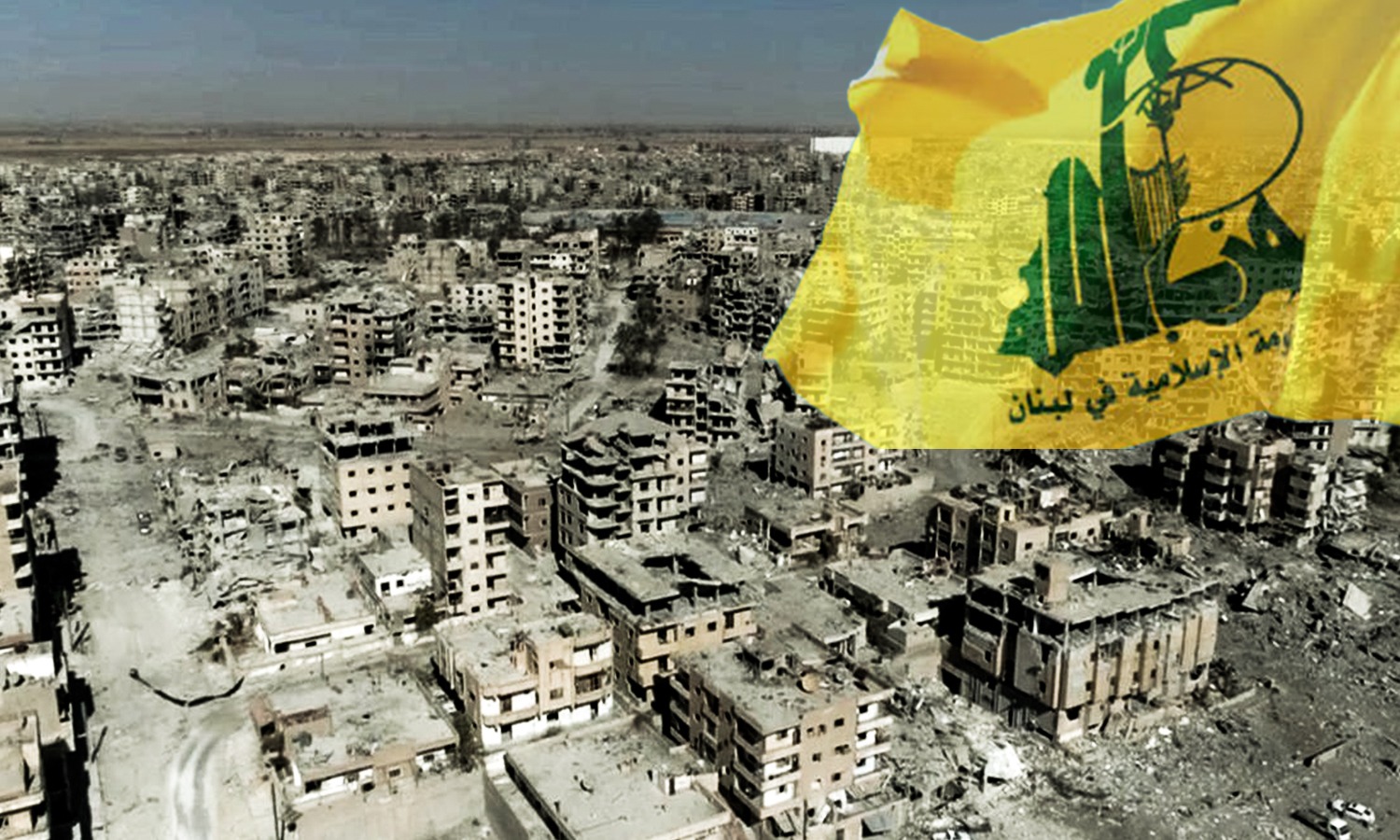
Syria’s al-Qusayr city under Hezbollah’s control… change in real estate reality

Enab Baladi – Ninar Khalifa
“We are opponents of the Syrian regime and the Lebanese Hezbollah’s policy in Syria. Our families have been unjustly killed, so how will we be able to return? No matter how valuable land is, human life remains more precious.”
Syrian journalist Mohammed al-Zahuri, a resident of the al-Qusayr city in western Homs countryside, will not be able to return to his city or restore his properties within the current situation there, and the domination of Hezbollah and the regime in the region.
Al-Zahuri’s case is one of tens of thousands of cases of residents who were forcibly displaced from their areas in the first and largest forced displacement that took place in the Syrian war in 2013 when only dozens of people remained in the city at that time.
Al-Zahuri, who is currently a refugee in one of the European countries, said to Enab Baladi that “more than 95 percent of the al-Qusayr residents have not been able to return to it for seven years now.”
He added, those who returned to al-Qusayr, are mostly government employees close to the regime, and Hezbollah approved their return after regime-affiliated bodies conducted a security check-up for their names.
Hezbollah takes advantage of the al-Qusayr people’s absence from their city and their difficult conditions due to displacement by buying their farmlands through brokers.
Al-Zahuri said, “there are currently tens of thousands of displaced people from al-Qusayr in the Lebanese mountainous area of ‘Arsal,’ who have lots of properties but refuse to return to their city to preserve their dignity.”
He added, members of Hezbollah or from its supporters try to buy lands from displaced families through sending them mediators to buy their properties, especially on winter days when snow accumulates in that area, making it more challenging to live there.”
Most people did not respond to these offers; however, some needy people or those who have children, orphans, or health problems were forced to sell,” according to al-Zahuri.
Hezbollah not only controlled the city and displaced its people but also burned the crops and uprooted the trees of the al-Qusayr.
Al-Zahuri pointed out that when Hezbollah entered al-Qusayr in 2013, it cut 15,000 trees and turned them into firewood, then he sold it to the Syrian refugees in Arsal and Tripoli in Lebanon.
He added that one of those who used to carve memories on trees found the tree trunk on which he carved his memories and those of his cousin.
“After Hezbollah cut down trees from farmlands, it cultivated some of them to grow cannabis thanks to soil fertility and the abundance and clarity of the water,” al-Zahuri added.
Al- Qusayr is one of the big cities of Homs province, with more than 80 villages, most of which were inhabited by Sunni residents, besides other villages of Christian, Shiite, and Alawite populations.
According to a census in 2011, the population of the al-Qusayr area was about 111,969 persons.
The city is strategically important as it is located on the Syrian-Lebanese border and links the Lebanese al-Beqaa region to Homs province in central Syria through the al-Jusiya border crossing.
Besides, al- Qusayr is close to the al-Qalamoun area in Rif Dimashq province, making it a center for trade exchange.
How does Hezbollah reinforce its dominance over al-Qusayr?
Media activist Abu al-Huda al-Homsi, for his part, confirmed that the Lebanese Hezbollah and the Syrian regime have uprooted trees and burned crops in the al-Qusayr and its countryside.
Al-Homsi said to Enab Baladi that the lands became barren and turned into dust, with no trees left in them. He added that if any of the al-Qusayr residents managed to return to the city, he should replant, cultivate and harvest it.
As for land and real estate selling in the city, al-Homsi pointed out that some owners, whether in Lebanon, in the Syrian north, or other areas, are forced due to compelling conditions or financial need to put their lands or houses for sale.
These properties are purchased by other people form the city, or by those affiliated to Hezbollah or have absolute loyalty to it, as al-Homsi heard, but never saw in his own eyes, as he expressed it.
Al-Homsi pointed out that Hezbollah presence is old in the area thanks to people who had absolute loyalty to it, the Syrians who had Lebanese citizenship, and lived in a number of villages in al-Qusayr, west of the Orontes River, such as al-Diabiya, al-Burhaniyah, al-Sakrajah, al-Haweek, al-Masriyah, al-Aqrabiyah, al- Safsafa, and al- Zayti.
Al-Homsi explained that these people supported Hezbollah during the military campaign it launched to control these villages.
According to al-Homsi, Hezbollah assumed full control over the villages of al-Qusayr, which became its popular base.
The Syrian regime’s forces, backed by the Lebanese Hezbollah militia, took control of the al-Qusayr area in June 2013, after a major offensive in which the regime and Hezbollah used all types of weapons. The two parties also used concentrated airstrikes that forced civilians to leave the area on stages at first.
This was followed by a forced displacement that was the largest in numbers during the second military campaign in May of the same year, leading to full control by the regime’s forces, and the city’s exit from the control map of the opposition factions.
Since the residents lost their city, thousands of them were displaced to northern Syria, while others resorted to the nearby Lebanese town of Arsal.
In recent years, Hezbollah turned al-Qusayr into its main base, and a starting point for its military operations, which have expanded to the rest of the Syrian regions, especially those on the border with Lebanon.
No seizures or confiscations, but…
Syrian journalist Ahmed al-Qusayr pointed out that there is active real estate purchasing by Hezbollah, its supporters, and the Shiite people living in al-Qusayr and its surroundings.
The journalist pointed out to Enab Baladi that Hezbollah was buying real estate and agricultural land, exploiting the residents’ needs and poverty.
Al-Qusayr confirmed that there were no forced sales; however, some people in tents or those leaving had to sell their property because of poverty. These lands were bought by members of Hezbollah, for having the most money in the area.
Al-Qusayr pointed out that Hezbollah is buying properties through its loyalist Shiite residents in the villages surrounding al-Qusayr because it cannot register properties under its name. These villages are Syrian villages, and some of their residents hold the Syrian and Lebanese citizenship and have kinship ties with the Lebanese villages on the other side of the border.
According to al-Qusayr, there are no documented seizures of real estate or confiscation by Hezbollah or the Syrian regime, or declared decisions against the absentees who could not return to the area.
Al-Qusayr pointed out that the information he received through the people who recently returned to the city indicates that the house owner can take out its occupiers and recover his/her property after proving ownership. The right holder also has the right to restore the property after obtaining many permits within the region, the municipality, and military security.
Al-Qusayr added, some Shiite families, brought from the towns of Kafraya and al-Fou’a, under the “Four Towns Agreement” (which provided for the evacuation of the towns of al-Zabadani, Madaya, Kafraya, and al-Fou’a) settled in some areas of al-Qusayr; however, the properties were not registered in their names.
The number of people who returned to the al-Qusayr city since the first group of residents arrived in July 2019 till today reached about five thousand persons.
Those wishing to return to al-Qusayr, whether displaced in other Syrian provinces or refugees in Lebanon, need to seek security clearances that may be accepted or denied.
The refugees in Lebanon were not offered guarantees, but some of them return for fear of security prosecution from the Lebanese army intelligence, as many of them have no legal papers to stay in Lebanon.
Meanwhile, the city continues to suffer from destroyed infrastructure and poor essential services, while the returned residents rehabilitate and repair their houses with whatever individual capabilities available to them.
The bombing on the al-Qusayr completely destroyed the city’s western and northern parts, which was a hub for the opposition, while the eastern pro-regime neighborhood of the city suffered minimal damage.
These days, the residents’ return had been halted due to the spread of the novel coronavirus (COVID-19) pandemic.
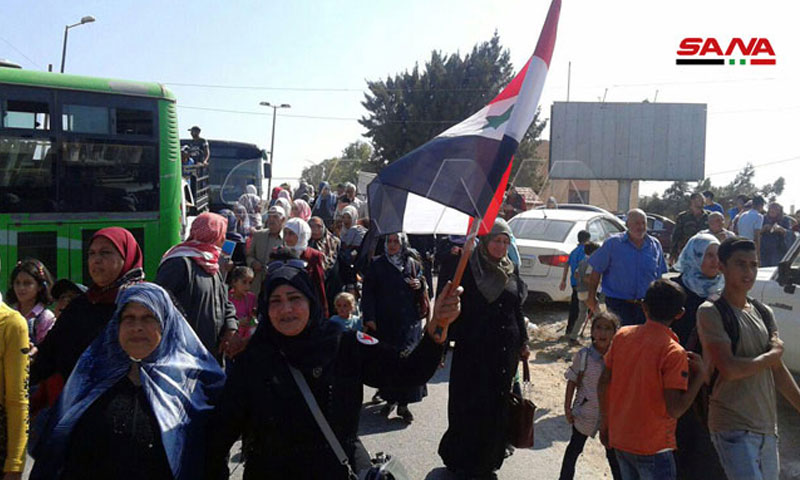
Residents of al-Qusayr city in the western Homs countryside while returning to their city – 02 October 2019 (SANA)
Al- Qusayr’s master plan
The Syrian regime announced the master plan for the al-Qusayr city on 10 October 2018, under Law No. “10”.
The announcement was published on the al-Qusayr city council’s “Facebook” page and said that “anyone wishes to object to the plan must submit his/her objection to the city council office from 10 October to 9 November until the end of the official working hours.
The announcement stated that “all private rights and property are protected and safeguarded, besides all vital, health, religious, educational, and entertainment facilities.
For his part, Homs governor promised that the governorate’s institutions would work with a clear action plan to accelerate providing services, in addition to removing the rubble, so that al-Qusayr city would return after months to its “normal state,” according to his expression.
The city council attached an image with the first regulatory plan’s announcement, officially announced after the issuance of Law No. “10”.
The city’s master plan was issued within the absence of its residents, and their inability to return to submit their objection or prove their ownership.
Journalist Ahmed al-Qusayr believes that the regulatory plan was recently suspended and not completed due to the city’s massive destruction rate, which reached 75 percent.
In April 2018, the head of the Syrian regime, Bashar al-Assad, issued Law No. “10,” which provides for “establishing one or more development zone within the general master plan of the administrative units.”
The law obligates homeowners to provide proof of ownership of the property within 30 days; otherwise, they will lose ownership of the property, which will be confiscated by the state, which in turn has the right to grant it to whom it deems appropriate.
The law was criticized for the fact that it came at a time when more than half of the Syrian people have been displaced from their homes, according to United Nations (UN) statistics.
It allowed the Syrian regime’s government to benefit from property owners’ absence and inability to present the required documentation to confiscate their properties in ways the regime deems “legal.”
The law was met with local and international protest and condemnation, which forced the regime to issue amendments to the law.
These amendments included prolonging the duration of submitting objection requests and ownership claims from one month to a year.
They also allowed property owners, who did not submit their objections before the interested judicial committees, to resort to the ordinary court system after the committees finish their work.”
According to a report by the “Human Rights Watch” organization, Law No. “10” provides a formal framework for the transfer of land to the Syrian regime, which has the power to grant reconstruction and development contracts to companies or investors and to compensate them in the form of shares in the regulatory areas.
Preservation of property rights
Member of the “Syrian Association for Citizens’ Dignity,” lawyer Mohammed al-Joujah, talked to Enab Baladi about how Hezbollah is appropriating property in Syria, and the legal mechanism for preserving the real estate rights of al-Qusayr people.
Al-Joujah pointed out that Hezbollah bought real estate through its local loyalist agents who register properties in their names, or by registering real estate in the names of its members who have Syrian citizenship, circumventing the provisions of the law.
Al-Joujah explained that Law No. “11” of 2008 and No. “11” of 2011 gave foreigners the right to own property; however, under certain conditions. He noted that Hezbollah could benefit from these exceptions to buy real estate in Syria, especially residential property.
He pointed out that Article “1” of Law No. “11” of 2011 stated that “any real right may be established, modified or transferred in the territory of the Syrian Arab Republic for the name or the benefit of a person other than a Syrian, whether natural or legal person.”
Al-Joujah pointed out that this article set out the ownership conditions by which Hezbollah could own real estate. He added paragraph /C/of the same article stipulates that “according to a decision by the Syrian Prime Ministry, at the suggestion of the Interior Minister and the Foreign Minister, the provisions included in paragraphs /A/ and /B/may be exempted.
“Everyone knows how much Hezbollah and Iran control official decisions in Syria,” al-Joujah said.
He also advised the residents of al- Qusayr who were unable to return to it to keep all official documents proving their ownership, besides the bills of water and electricity. Al-Joujah said, in case these people have relatives in the al-Qusayr, it would be a good idea to place them in the properties.
Al-Joujah pointed out that only the local judiciary can decide the issues arising from property ownership problems, which should be emphasized if a political agreement was reached in Syria.
He stressed the necessity of including special provisions on Syrian properties in this agreement’s terms and determining the judicial mechanism that will rule in these cases.
According to al-Joujah, many Syrian displaced people connect their safe return to Syria with their ability to recover their property; however, “it is a very complicated issue that needs a lot of work and advocacy,” al-Joujah said.
Previously, Syria’s strict laws did not allow Arabs or foreigners to own real estate in Syria until Law No. “11” of 2008 was issued. This law opened the door for non-Syrians’ ownership of property in Syria.
Then came Law No. “11” of 2011, which allowed foreigners to own all real estate types in Syria.
These two laws raised many questions in Syrian circles about their purpose, especially as the latter law was issued in parallel with the beginning of the Syrian revolution.
Moreover, Legislative Decree No. “189” of 1952 completely prohibited foreigners’ ownership of real estate in Syria.
Nevertheless, Decision No. /3287/M/N/, issued on 14 July 2002, began to alleviate the ban on property ownership for foreigners in Syria.
The decision granted the right to non-Syrians of Arab countries to acquire real-estate rights provided they obtain a license from the Minister of Interior and to acquire real-estate rights in the vacationing areas without the license requirement.
if you think the article contain wrong information or you have additional details Send Correction
النسخة العربية من المقال
-
Follow us :

















 A
A
A
A
A
A

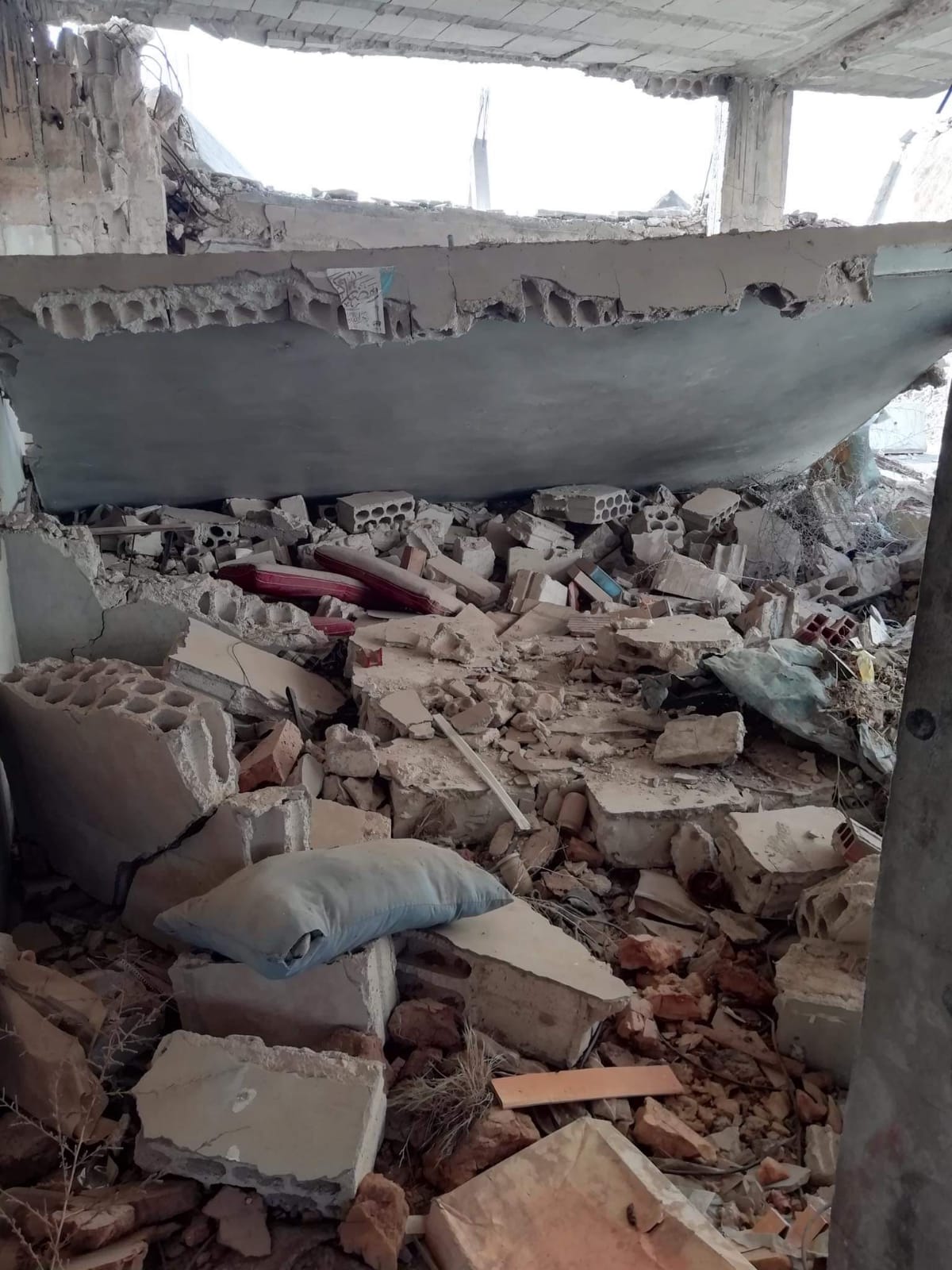
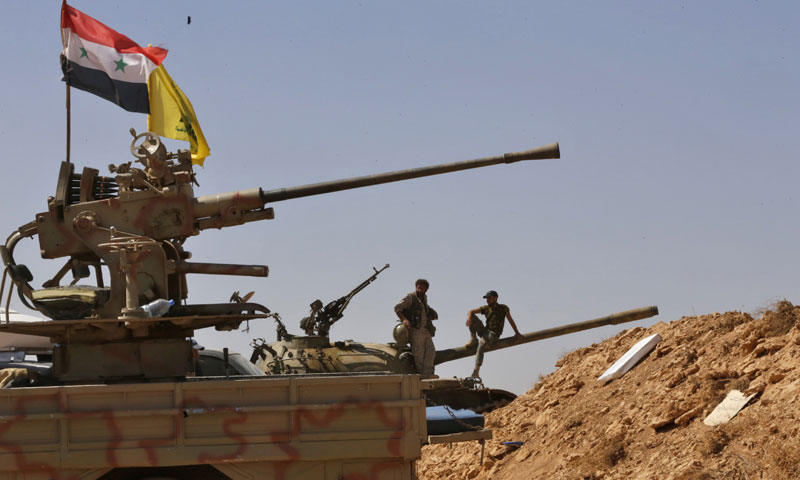


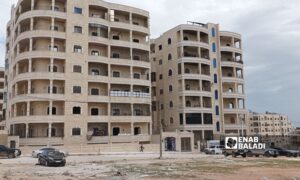
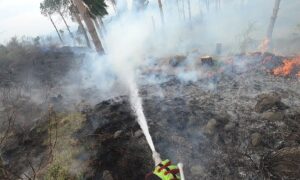
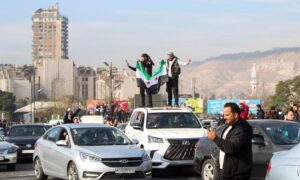
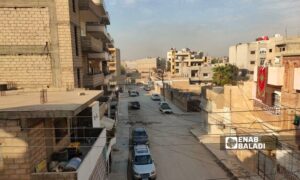
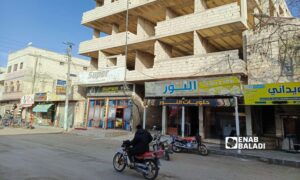
 More HLP
More HLP